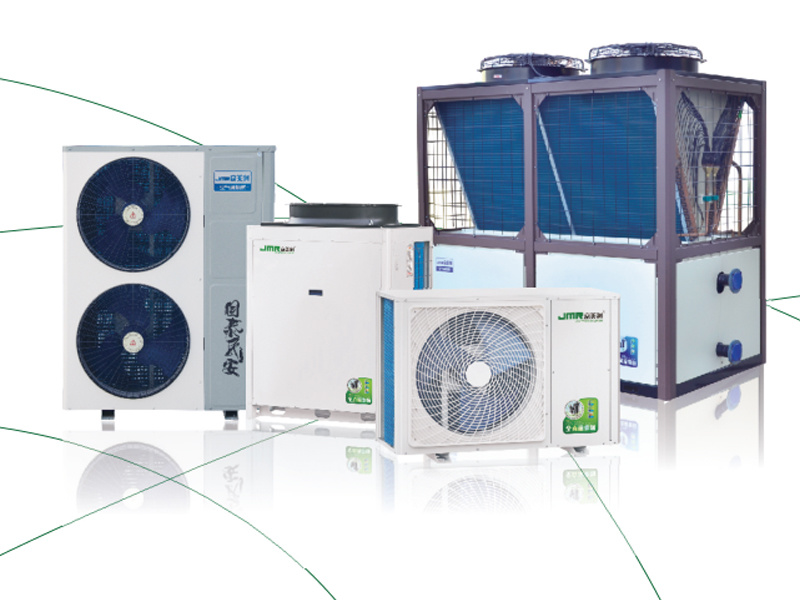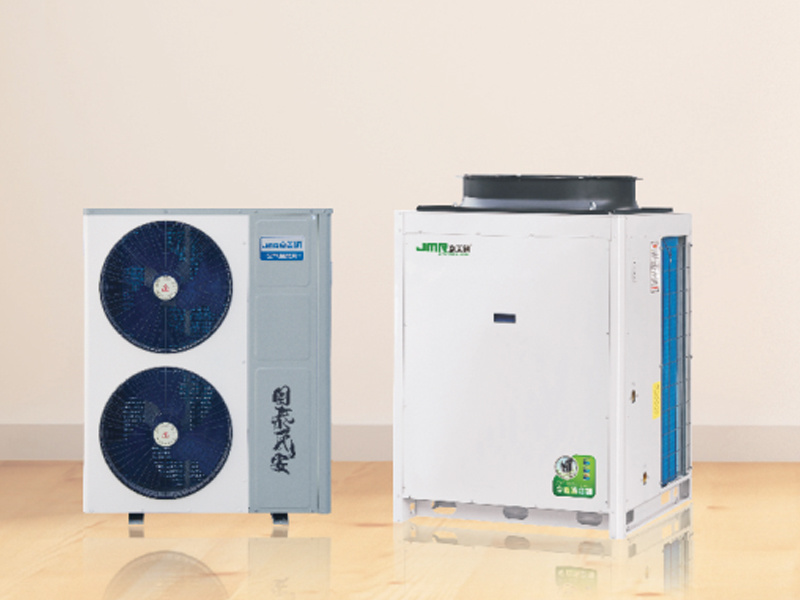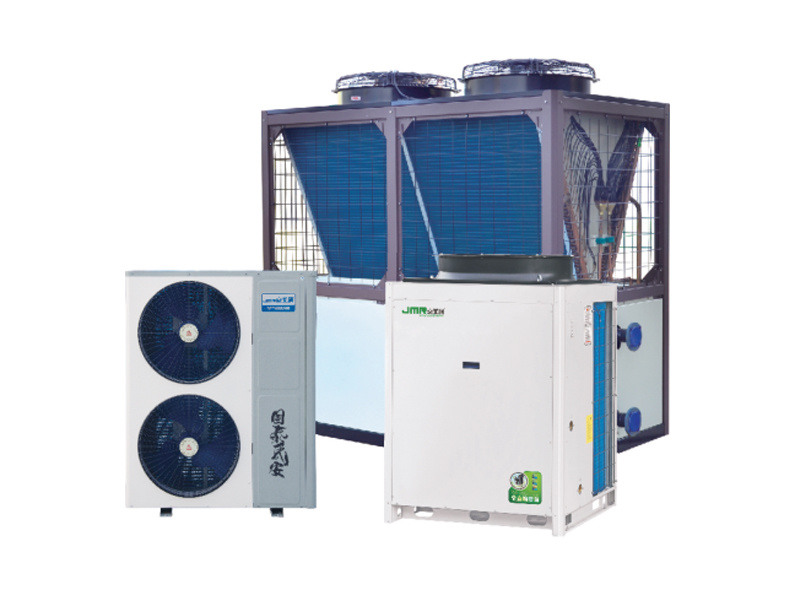Harnessing Nature: Understanding the Working Principle of Air Source Heat Pumps
Release Time:
Jun 09,2025
Dive into the working principle of air source heat pumps and discover how they can efficiently heat and cool your space.
Introduction
Ever wondered how we can harness the power of nature to keep our homes cozy in winter and cool in summer? Well, let me introduce you to the magic of air source heat pumps. These nifty devices are like a Swiss Army knife for climate control, delivering efficient heating and cooling by simply using the air around us. Let's unravel the mystery of their working principle!
What is an Air Source Heat Pump?
In layman's terms, an air source heat pump (Air Source Heat Pump) is a heating and cooling system that transfers heat between the inside of a building and the outside air. It may sound a bit complex, but once you break it down, it’s pretty straightforward. These pumps work by moving heat rather than generating it, which is why they’re often hailed as energy-efficient heroes!
How Do They Work?
Alright, let’s get into the nitty-gritty of how these bad boys function. An air source heat pump operates on a simple yet clever principle known as the refrigeration cycle. Here’s a step-by-step breakdown:
1. The Refrigeration Cycle
The refrigeration cycle is the backbone of an air source heat pump. It involves four key components: the evaporator, compressor, condenser, and expansion valve. These components work together to transfer heat from one place to another.
2. Absorbing Heat from the Air
First things first, the evaporator coil absorbs heat from the outside air, even when it’s chilly outside. Yup, you heard that right! The refrigerant inside the coil is designed to change from liquid to gas at low temperatures, allowing it to soak up heat.
3. Compressing the Refrigerant
Once the refrigerant turns to gas, it flows to the compressor. Here, the magic happens! The compressor increases the pressure of the gas, which also raises its temperature. Think of it as squeezing a sponge – the more you squeeze, the more it releases!
4. Releasing Heat Inside
Next, the hot, high-pressure gas moves to the condenser coil inside your home. Here, it releases the absorbed heat into your living space, warming it up. As the refrigerant cools, it condenses back into liquid form, ready to start the cycle all over again.
5. The Expansion Valve
The final component, the expansion valve, reduces the refrigerant's pressure, allowing it to cool down before it returns to the evaporator. And voilà! You have a continuous cycle of heat transfer, all while being incredibly energy-efficient.
Why Choose Air Source Heat Pumps?
You might be thinking, "Why should I even consider an air source heat pump?" Well, let me hit you with some benefits:
- Energy Efficiency: Air source heat pumps are known for their low operational costs. They can produce up to three times more energy than they consume!
- Environmentally Friendly: By utilizing renewable energy from the air, they help reduce your carbon footprint.
- Versatility: Not only do they heat, but they can also cool your home, making them a year-round solution.
Conclusion
In a nutshell, air source heat pumps (Air Source Heat Pump) are innovative systems that make efficient use of the energy in the air around us. They work by cleverly transferring heat through a cycle that involves absorbing, compressing, and releasing energy. With their numerous advantages, they are definitely worth considering for anyone looking to make their home more comfortable and eco-friendly. So, why not give the air source heat pump a whirl? After all, who wouldn’t want to save money while saving the planet?
Key words:
What Else Might You Learn?






